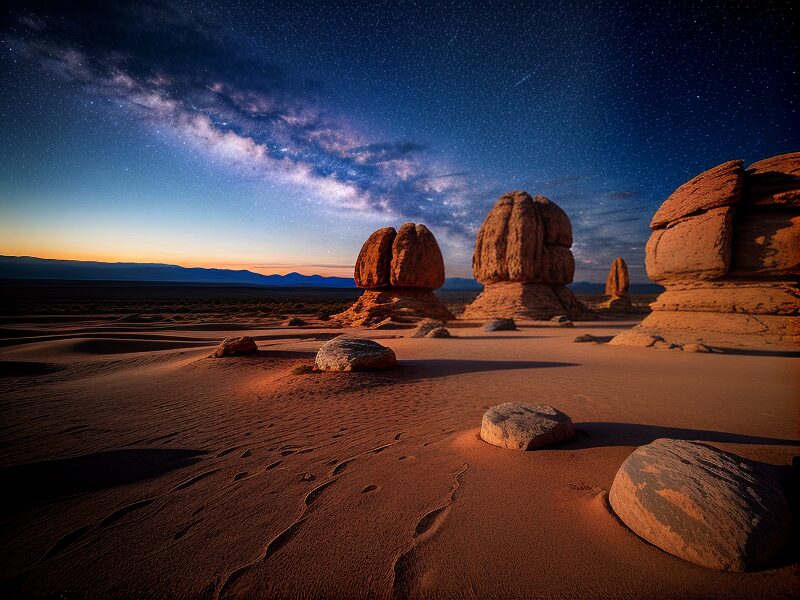Optimal Stargazing Times
Choosing the Right Moment
Stargazing is best during a new moon when the sky is darkest, allowing for optimal visibility of stars and celestial objects. This phase minimizes moonlight interference, offering a clearer view of the night sky.
Consider planning your stargazing sessions during annual meteor showers like the Perseids or Geminids. These events provide a spectacular display of shooting stars, enhancing the overall experience.
Adjusting to The Darkness
Allow at least 20-30 minutes for your eyes to adjust. During this time, avoid looking at screens or other sources of white light. This adjustment period is crucial for spotting faint stars and other celestial wonders.
To fully appreciate the night sky, give your eyes time to adapt to the darkness. Avoid exposure to bright lights, as they can significantly reduce your night vision. Instead, use a red flashlight, which is less disruptive and helps maintain your eyes’ sensitivity to low light.
Understanding the Night Sky
Learning the night sky is an exciting journey that begins with identifying the most prominent constellations. Start by using a star chart or a mobile app to locate key constellations like Orion, Ursa Major, and Cassiopeia. These serve as reference points to navigate the celestial sphere.
Once familiar with these, expand your knowledge by observing planets and other celestial objects. Joining a local astronomy club can also provide valuable insights and guidance from experienced stargazers. Regular practice and patience are key to mastering the night sky.
To deepen your understanding, consider investing in a telescope or binoculars. These tools can reveal details of the moon’s surface and distant star clusters, enhancing your stargazing experience. Additionally, attending stargazing events or workshops can offer hands-on learning opportunities.
Remember, the night sky changes with the seasons, so make it a habit to observe regularly. Over time, you’ll develop a deeper appreciation for the universe and its wonders.
Capturing the Night Sky
Astrophotography is a rewarding way to document the beauty of the night sky. Begin by selecting a camera with manual settings to control exposure and focus. A sturdy tripod is essential to prevent camera shake during long exposures, ensuring sharp images.
Experiment with different exposure times to capture faint stars and celestial objects. A remote shutter release can further minimize vibrations, enhancing image clarity. Consider using a wide-angle lens to capture expansive views of the Milky Way or meteor showers.
For best results, choose a location with minimal light pollution and clear skies. Scout your spot during the day to plan your composition. Use a red flashlight to preserve your night vision while adjusting camera settings.
Post-processing software can enhance your photos by adjusting contrast and brightness. Share your images with the stargazing community to gain feedback and inspiration. With practice, you’ll capture stunning images that showcase the universe’s splendor.
Stargazing Safety Tips
Additionally, dress appropriately for the weather, as temperatures can drop significantly at night. Wear layers and bring extra clothing to stay warm. If you’re in a wildlife-rich area, keep an eye out for animals and make noise to alert them of your presence. By taking these precautions, you can ensure a safe and enjoyable stargazing experience.
When venturing out for a night of stargazing, safety should be a top priority. Always inform someone of your location and expected return time. Carry a reliable flashlight to navigate in the dark, but use red light to preserve night vision. Be aware of your surroundings, especially in remote areas, and stay on marked trails to avoid getting lost. Consider bringing a first aid kit and enough water to stay hydrated throughout the night.

